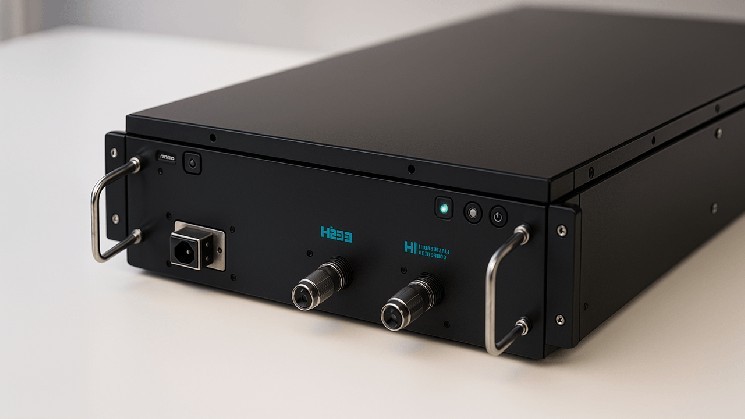Bitmain's 1.16 PH/s Bitcoin Miner: ASIC Arms Race Now Real

Bitcoin mining hardware has evolved significantly over the past three years, from machines that produce massive terahashes to affordable rigs that operate at less than 20 joules per terahash (J/TH). At the Digital Mining World Summit last month, Bitmain unveiled a machine that can produce over 1 petahash per second (PH/s) while consuming just 9.5 J/TH.
Since 2023, Bitcoin miners have made significant progress – they are now breaking the petahash barrier
These application-specific integrated circuits (ASICs) continue to evolve. In 2023, Bitmain’s Antminer S19 XP Hyd led the market with a hydro-cooled unit running at 255 terahash per second (TH/s). Soon after, Microbt’s Whatsminer M53S++ joined the competition with a maximum hashrate of 320 TH/s and an efficiency of 22 J/TH.
The bar was raised again when Bitmain introduced its Antminer S21 line in late 2023 and early 2024. One of the standout models, the S21 XP+ Hydro, surpassed 500 TH/s and 11 J/TH. By the end of 2024, a new class of machines, still not available to the public, was introduced, hinting at performance levels double that of the S21 XP+ Hydro.
In September 2024, Bitmain teamed up with Hut 8 to introduce a direct-to-chip liquid transfer ASIC miner that delivered 860 TH/s at 13 J/TH. Following this, competitors like Bitdeer, Microbt, and Auradine showed off devices with performance ranging from 424 TH/s to 600 TH/s. But Bitmain isn’t done yet — its S23 series, scheduled for release in 2026, is raising the bar once again.
Bitcoin.com News reporter Terence Zimwara reported on the Antminer S23 Hydro, which promises 580 TH/s with an efficiency of 9.5 J/TH. However, Bitmain’s most ambitious achievement is the Antminer S23 Hydro 3U, which is expected to hit shelves in January 2026 and should deliver over 1,000 TH/s of performance — or just over 1 PH/s of hash power.
 Antminer S23 Hydro 3U from Bitmain with 1.16 PH/s computing power.
Antminer S23 Hydro 3U from Bitmain with 1.16 PH/s computing power.
Specifically, the 3U model delivers 1.16 PH/s while maintaining a high efficiency of 9.5 J/TH. It is equipped with state-of-the-art hydrocooling and operates at 11,020 watts. If this powerful machine were already available, it would be at the top of the profitability charts. Currently, given the current network difficulty, hash prices, and electricity tariff of $0.06 per kilowatt-hour (kWh), it is projected to generate $45.14 in daily profit.
The accelerating pace of innovation in Bitcoin mining hardware suggests that the industry is deep into a new arms race, where improvements in performance and efficiency are becoming exponential rather than incremental. As miners seek higher margins and compete for block rewards, machines with performance greater than 1 petahash could become the new standard rather than the exception, changing operating strategies across the sector.
These leaps in computing power and energy efficiency could dramatically change the balance of power in mining worldwide. Operators with access to cutting-edge devices could gain a significant advantage, potentially widening the gap between large farms and smaller players. If this trend continues, mining could become an arena where only the most technologically advanced survive.
Source: cryptonews.net



